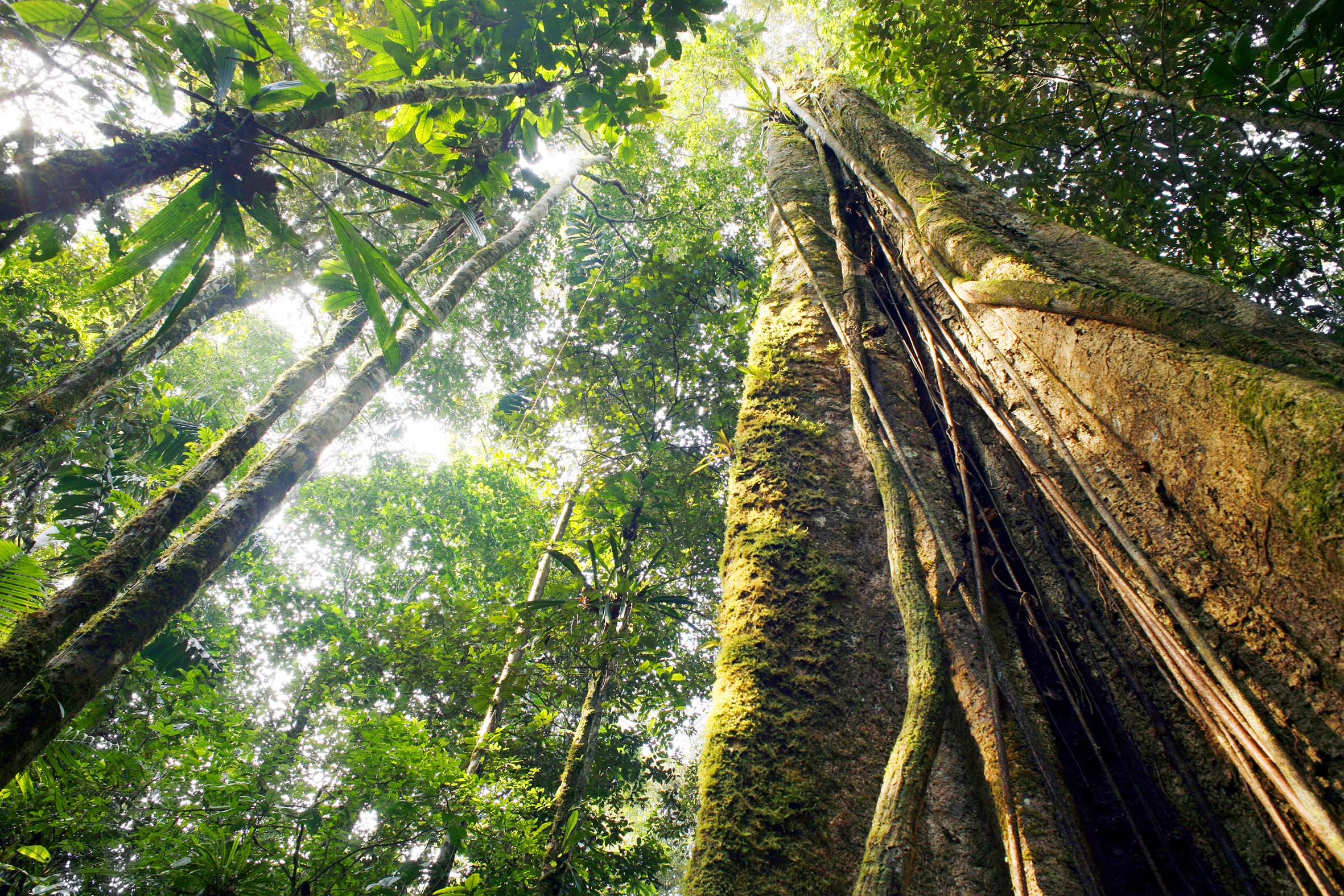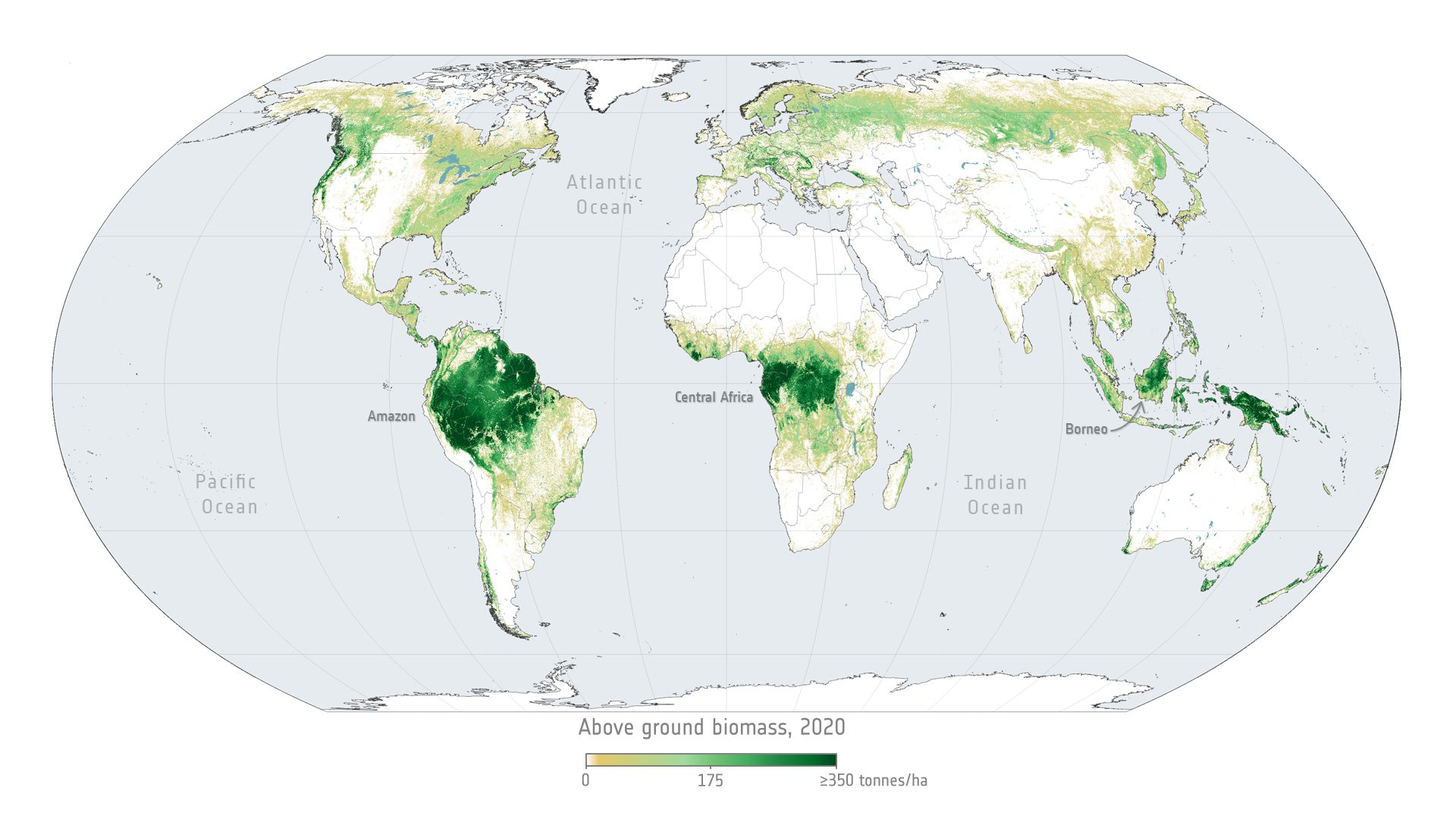
Tropical forests are vital ecosystems in the fight against climate change. Yet vast areas of forest are still degraded or lost through deforestation and environmental changes, despite many countries pledging forest restoration. A new study, that uses satellite data from ESA’s Climate Change Initiative, seems to reveal that recovering forests only successfully combat a quarter of the current carbon emissions.
Forests play a crucial role in Earth’s carbon cycle as they absorb and store large amounts of carbon from the atmosphere. However, climate change, forest degradation and deforestation are causing much of this stored carbon to be released back into the atmosphere, particularly in tropical humid regions.
The new research, published on 15 March in Nature and led by the University of Bristol and Brazil’s National Institute for Space Research (INPE), showed how degraded forests and regrowth of secondary forests in previously deforested areas, are annually removing at least 107 million tonnes of carbon from the atmosphere across the Tropics.
This sink is approximately equivalent to counterbalancing half of annual fossil fuel emissions from South America.
Using satellite data, a team of international researchers quantified the rates of carbon recovery in different forest types and environments across the three largest tropical forests: Amazon, Central Africa and Borneo.
The findings demonstrate the important carbon value of conserving recovering forests. However, the total amount of carbon being taken up was only enough to counterbalance 26% of the current carbon emissions initially released as a result of humid tropical forest destruction and degradation.
ESA’s upcoming Biomass mission, planned for launch in 2024, aims to provide valuable data on forest biomass, enabling us to better understand the state of Earth’s forests, track changes over time, and advance our knowledge of the carbon cycle. This mission is a critical step in improving our ability to manage forests, conserve biodiversity and mitigate climate change, says ESA.







